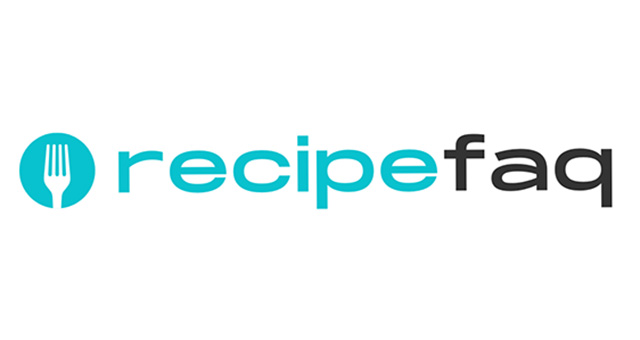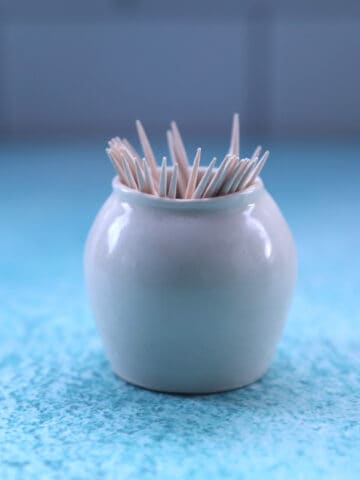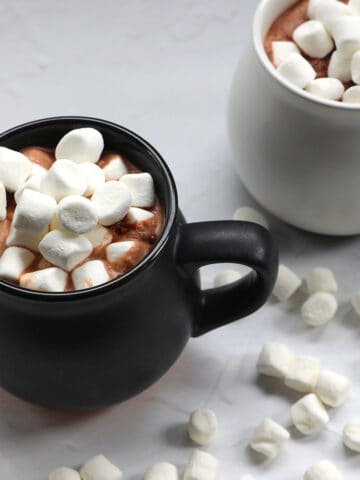They’re great for roasting and baking and easy when it comes to clean up, but are they microwave-safe? Let’s answer the question: Can you microwave aluminum trays?

Aluminum foil trays and aluminum pans are inexpensive, lightweight, and hugely popular for things like take-out, heating up leftover food, and for baking at home. But they’re also made out of metal, which is usually a microwave no-no.
So, can you microwave aluminum takeout containers or aluminum trays without having them spark or damage your microwave? Let’s separate fact from fiction.
Jump to:
- Can you microwave an aluminum foil tray?
- How to safely use aluminum trays in the microwave
- How aluminum trays work in the microwave
- Are there any health risks to microwaving food in aluminum trays?
- Why can’t you microwave other types of metal?
- Are there other forms of aluminum foil that I can safely use in the microwave?
- Microwaves and aluminum trays: additional safety precautions
- FAQ
- More kitchen equipment answers
Can you microwave an aluminum foil tray?
Yes, you actually can microwave an aluminum tray safely. The best way to do it is to place it in the center of the microwave oven with no lid, and ensure it is not touching the sides of the microwave. This will prevent arcing sparks or fires.
What is microwave arcing?
Arcing is what happens when you typically place metals or certain other materials (like metal twist ties, for example) in the microwave that interact negatively with electricity. As the metal object conducts the electricity inside the microwave, electric fields can form which may result in sparks, fires, and other damage.
How to safely use aluminum trays in the microwave
The key to using an aluminum foil container safely in the microwave is making sure you follow a few important guidelines:
- If the container has a lid, remove it. This is important so the food inside can absorb the microwaves themselves instead of bouncing off the container.
- Do not use an empty tray. If there is no food inside the tray for the microwaves to target, then they will simply bounce off the bottom of the container and cause sparking.
- Only 1 aluminum container can be used at a time to microwave food in order to prevent sparking between trays.
- Place the container in the center of the microwave as much as possible.
- The container cannot touch the side of the microwave oven walls. This can also lead to sparks and may result in a fire inside your microwave. So make sure there is no direct contact between the tray and the microwave sides.
- Stay near the microwave while in use. If it begins to spark, then quickly stop the microwave.
How aluminum trays work in the microwave

Since the foil lid or top of the container is left open when microwaving, that gives the microwave a path to warm up the food inside. The microwaves themselves are absorbed through that top open area only instead of through the bottom and sides. This helps prevent the food from being overcooked.
Leaving the top of the container on, having the tray touch the sides of the microwave, or using multiple trays at the same time can all cause an electric current and electrical arcing, and ultimately damage to your microwave.
Are there any health risks to microwaving food in aluminum trays?
Cooking with aluminum has reportedly been linked to several diseases, including cancer, Alzheimer’s, and autism. While studies show that small amounts of aluminum are absorbed in the body when cooking with aluminum or microwaving food in aluminum trays or aluminum foil pans, there is no indication that it causes health issues in adults.
Aluminum itself is one of the world’s most common metals and people ingest small amounts of it naturally through food and their environment. But research shows that these trace amounts don’t reach levels high enough to cause health problems in most healthy adults. In most cases, aluminum that you may be exposed to passes through the body within 24 hours
Why can’t you microwave other types of metal?
As we’ve seen, a couple of key factors allow for the safe use of aluminum trays in the microwave. These include removing the top of the container and making sure there is food inside of it. The container walls then serve to conduct the microwaves themselves toward the food to warm it up.
Other types of metal, however, are a different story. Some can react differently inside the microwave, even different forms of aluminum. Avoid using crumpled up aluminum foil or foil that you’ve used to cover food but that has sharp edges sticking out. Those edges will act as an electricity conductor and can spark quickly. This is true even for small amounts of foil.
Similarly, you should not put utensils like metal forks in the microwave, as the tines act as an excellent conductor of heat which can lead to sparking and possibly damage.
Are there other forms of aluminum foil that I can safely use in the microwave?
Yes, here are some other ways to safely use aluminum foil in the microwave:
- Using a sheet of smooth foil to partly cover areas of food is a great way to help protect them from overcooking. But be sure it doesn’t cover all the food.
- You can use it to wrap parts of a food item that you don’t want to be heated up, like the bones of chicken legs. To do this safely, tightly wrap the area of food in foil and make sure there are no edges sticking out to prevent arcing.
Microwaves and aluminum trays: additional safety precautions

In addition to the safety tips above, here are a few more tips to prevent safety issues when using aluminum trays in the microwave:
- Check your tray to see if it has a microwave-safe symbol
- For best results, follow any heating instructions for microwave use that may have come with the foil tray
- Use the manufacturer’s heating guidelines for using your tray in the microwave if available
- If you’re still unsure about using a microwave aluminum tray or using tin foil in the microwave, it’s a good idea to just transfer your food to a ceramic plate, dish, microwave-safe container, or paper towels and use that instead.
FAQ
To avoid potential issues with aluminum foil, use parchment paper in the microwave instead. For potentially messy foods like soup or pasta with sauce, simply place it over the items you’re warming up to prevent splatter. Or put it under solid foods to act as a surface between the food and the rotating microwave table.
More kitchen equipment answers
Get more answers to your kitchen equipment questions. Check out the links below.





Leave a Reply